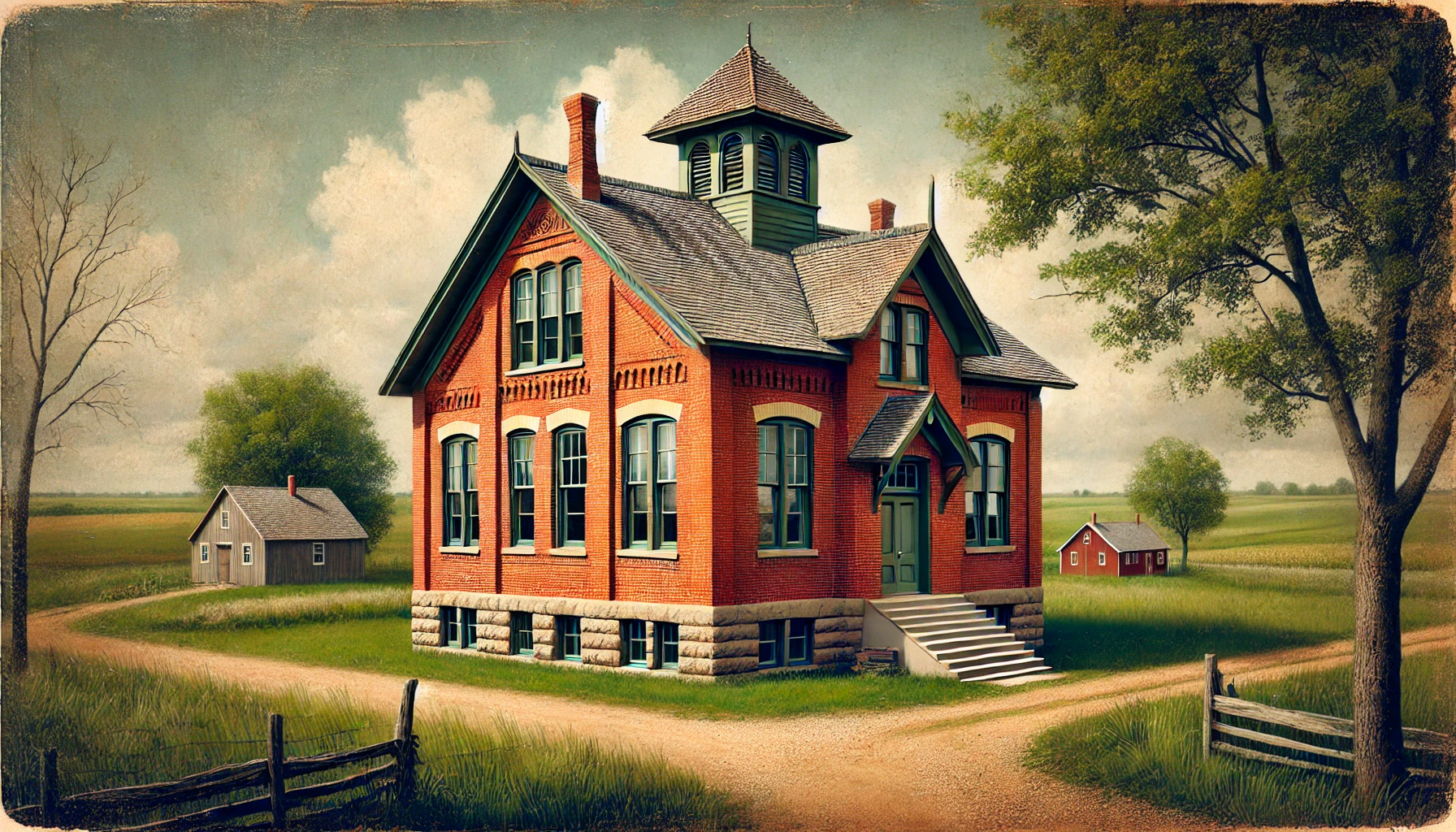Introduction
Have you ever wondered about the history of community schools in the United States, especially in rural areas? One shining example of such institutions is the Mrs. Geeder Rosenwald School. A true testament to the power of education, this school became a beacon of hope for many. Today, we’re taking a trip down memory lane to uncover the story behind this historic landmark, its importance, and why it still matters.
History of Mrs. Geeder Rosenwald School
Mrs. Geeder Rosenwald School was established in the early 20th century as part of a larger initiative led by philanthropist Julius Rosenwald. With a passion for education, he collaborated with Booker T. Washington to build schools across rural America, primarily to serve African-American communities. Mrs. Geeder’s school was one of these significant projects.
The building itself is an architectural gem—a simple yet sturdy structure designed to foster learning. It had a no-nonsense design that emphasized functionality over extravagance, allowing for natural light to pour through the large windows. The school quickly became a hub where children could gather, learn, and grow, regardless of the challenges they faced outside the classroom.
Impact on the Community
The Mrs. Geeder Rosenwald School wasn’t just a place for learning; it was a community center. Families and children came together, making the school a focal point for events, meetings, and celebrations. Education was seen as a way to break barriers, and this school played a huge role in empowering students who otherwise might not have had access to quality education.
The school fostered a sense of belonging and unity. It was a place where kids learned not just math and reading but also lessons in resilience, perseverance, and the importance of community. Mrs. Geeder herself was known for her warm, welcoming approach, ensuring every child felt valued.
The Enduring Legacy
Although the school no longer operates as an educational institution, its spirit lives on. Many of the original buildings, including Mrs. Geeder Rosenwald School, have been preserved as historical landmarks. This preservation effort highlights the importance of recognizing and honoring our past, especially the places that played a critical role in shaping communities.
Today, the building stands as a monument to the power of education and community. Visiting the school is like stepping back in time; you can almost hear the laughter of children and the shuffling of notebooks. The efforts to preserve such places serve as a reminder of how far we’ve come and how much more we can achieve through community-driven initiatives.
Conclusion
The Mrs. Geeder Rosenwald School is more than just bricks and mortar; it’s a symbol of hope, resilience, and the transformative power of education. From its humble beginnings as a community school to its status as a historical landmark, it has continued to inspire generations. This enduring legacy reminds us of the importance of giving everyone access to quality education, no matter where they come from.
FAQs 1. What was the purpose of the Rosenwald Schools?
Rosenwald Schools were established to provide education to African-American children in the rural South. The initiative was a collaboration between philanthropist Julius Rosenwald and Booker T. Washington, aiming to address educational inequalities.
2. Is the Mrs. Geeder Rosenwald School still operating today?
No, it is no longer functioning as a school. However, it has been preserved as a historical landmark to honor its significant role in the community’s past.
3. Can people visit the Mrs. Geeder Rosenwald School today?
Yes, visitors are welcome to explore the site. It offers a glimpse into the past and the educational efforts that shaped many communities.
4. Why are Rosenwald Schools important in American history?
These schools are important because they were part of a larger effort to bridge educational gaps and promote equality during a time of segregation. They empowered generations of students by providing access to education.
5. How can we continue the legacy of community-driven education?
We can continue this legacy by supporting local educational initiatives, volunteering, and advocating for equal access to quality education for all children.
Wrap-Up The story of Mrs. Geeder Rosenwald School isn’t just about a building—it’s about the power of education to uplift, inspire, and bring communities together. This is a story worth telling, sharing, and celebrating.
